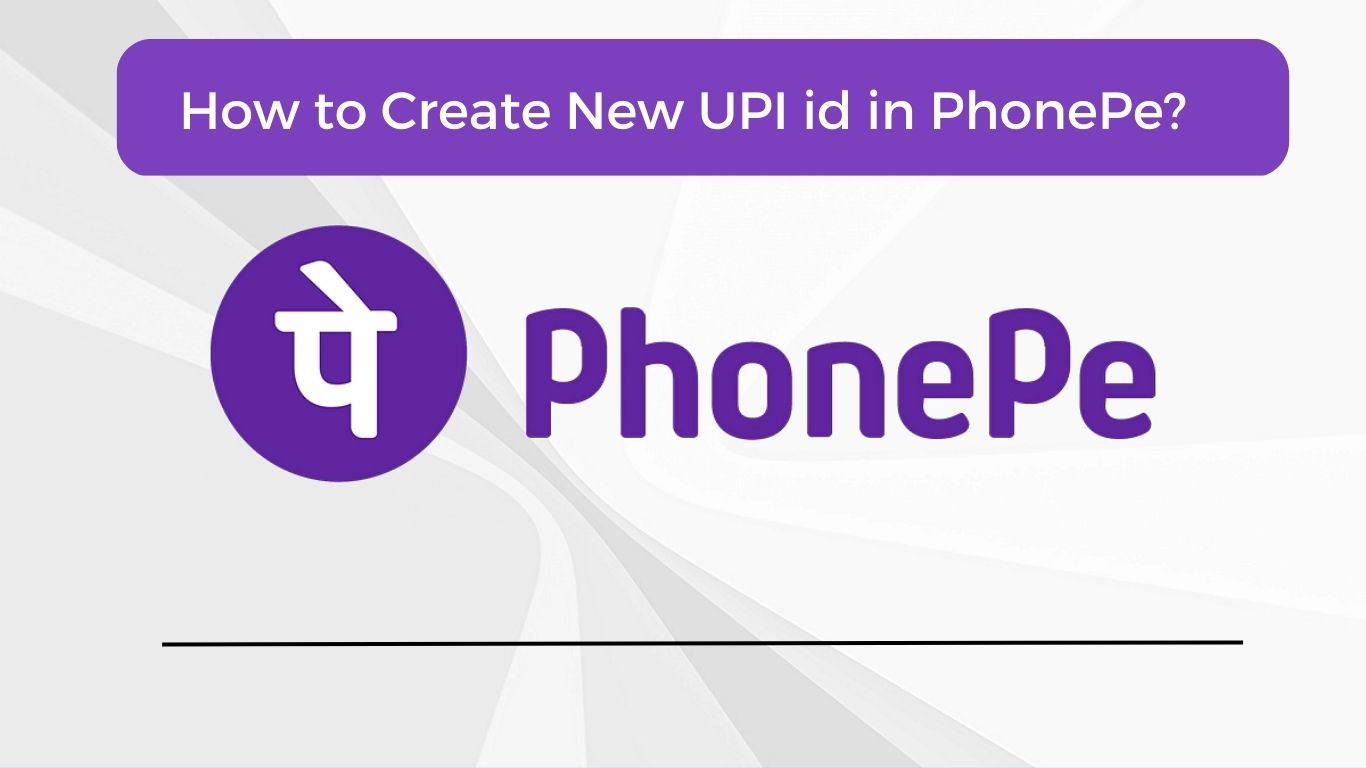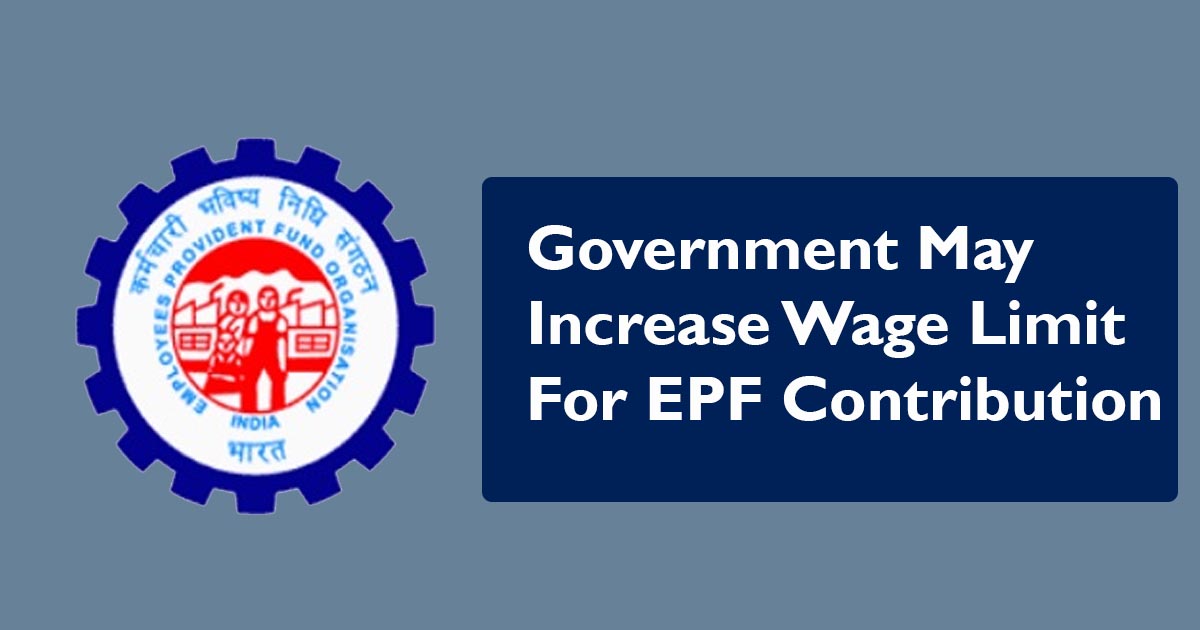
What is Student Loan
Student Loan are essentially a type of financial aid that students use to cover the costs of their educational expenses. Student loans are given in cash and must be repaid to the lender with interest. They can be obtained through funding, scholarships, financing, and rewards. The repayment terms for education loans can vary greatly depending on the lender and the amount borrowed by the student, so students who wish to take out loans are advised to borrow only what they need.
The majority of student loans offered to people in India have relatively low interest rates and don’t require immediate repayment. The time between when students take out loans and when they begin making repayments is typically given to them. Unsecured loans for education can be used to pay for living expenses, books, tuition, and other related costs, as well as other costs like transportation. An eligible adult co-signer, such as a friend, parent, or relative, may be required if you want to apply for an education loan but are unemployed or still in school.
Features of a student loan
Before applying for a student loan, it is important to understand a few details about these loans.
Collateral
If the loan amount is less than Rs. 7.5 lakh, you can apply for a student loan without providing any security. However, if the borrowed sum exceeds this limit, you will have to offer collateral and a third party guarantor. No collateral or guarantor is required for loans under Rs. 4 lakh. If you borrow between Rs. 4 lakh and Rs. 7.5 lakh, a third party must guarantee the loan.
Margin money
While loans for studies abroad are subject to a 15% margin requirement, loans for courses in India are subject to a 5% margin requirement. However, you won’t be required to pay a margin down payment if the loaned amount is less than Rs. 4 lakh.
Repayment
As repayment only begins six to a year after the course has ended, student loans do not need to be repaid right away. A student loan has a range of 5-7 years for repayment, with some lenders extending this time frame to 15 years.
Interest rate
Interest rates on student loans are affected by a number of variables, including loan amount, chosen institution and course, tenure, and a long list of others. Student loan interest rates in India can range from 7.95% to 16%, depending on the lender’s base lending rate and all of these other factors.
Fees and charges
On top of the loan EMI and interest payments, student loans also have processing fees, late fees, and prepayment penalties. Depending on the lender you choose, each of these additional costs will be different.
Tax exemption
Under Section 80E of the Income Tax Act, the borrower or co-signer of a student loan may be eligible for tax refunds on interest payments.
Eligibility Criteria
When applying for the loan, the applicant must be an Indian citizen between the ages of 18 and 35.
Before requesting the loan, the applicant should have obtained admission to the chosen course.
The applicant should have finished upper secondary school.
The co-monthly applicant’s income must meet the lender’s minimum requirements.
An advantage is a strong academic record.
These are the general eligibility requirements, but each lender may have different requirements. For instance, some lenders don’t have an age restriction on education loans, while others make loans available even before the chosen university or college has approved the study application.
Documents Needed
- KYC documents, including identity and address proofs of the applicant
- College admission letter
- Income proof (ITR, salary slips, bank statements) of the co-signer
- A document outlining the course fee structure
This list will vary depending on your lender’s guidelines. Check the lender’s website for eligibility and document details.
Where can I get a student loan in India?
In India, all public and private banks provide student loans. Given the subsidised interest rates they offer, government banks are the preferred choice for most applicants.
You could also speak with an NBFC. The interest rates and processing costs, however, might be more expensive than those provided by banks.
A list of pre-approved institutions that are included in a lender’s loan facility is also available. Before submitting an application for a loan, be sure to review this list.
After that is finished, you move on to the application stage. Online and offline channels are the main methods for applying for student loans.
Online
Applying for a student loan online is possible by going to the bank’s or NBFC’s website. Just complete the online application and upload the required files. For online applications, the majority of financial institutions also provide virtual support.
Offline
You can apply for a student loan in person by going to the closest bank branch. This entails completing a physical application form and delivering the necessary paperwork. You will receive a loan approval letter if your application is accepted, and this letter needs to be properly signed and submitted.
Alternative Sources of Student Loans
Due to education loans being classified as priority products under the RBI’s directive, obtaining a student loan in India is a hassle-free process. A seamless application process, simple terms, and convenient repayment windows are all available. Prior to choosing a lender, it is still crucial to conduct research and compare terms.
Education loans are one of the most widely used forms of funding in India, and finances play a significant role in the university education loan application process. The majority of students use student loans to finance their higher education abroad, regardless of their financial situation. What then motivates people to obtain student loans?
Consider the following alternative sources of funding to better comprehend why students favour school loans:
Self Finance
Students from well-off families have the option of paying for their entire international education on their own. You need to be aware of one thing before you even think about making this decision. Self-financing guarantees that a student finishes their degree without accruing any debt, but it may not be the best option for paying for higher education abroad for a number of reasons.
When a student pays for their own higher education, they are frequently expected to take care of any financial issues that arise while they are studying abroad, in addition to trying to ensure that they always have enough money to cover all of their personal expenses back home.
Scholarship
Students with exceptional academic records in their curriculum and extracurriculars are offered complete scholarship money to work abroad. The problem is that only a few students receive similar scholarships. Finding the right scholarship that is pertinent to their field of study is another problem that students face.
Frequently Asked Questions
What do you need to qualify for a student loan?
To be eligible for a student loan, you must be a student willing to pursue an educational programme, whether in India or abroad. To demonstrate your eligibility, you will need to present specific documents, such as your KYC records, a letter of course approval, a fee schedule, your co-income signer’s documentation, etc.
Can I get a student loan easily?
Yes. In India, obtaining a student loan is simple because both public and private banks and NBFCs provide them. For these loans, the eligibility requirements and required documentation are straightforward to make the application process as easy as possible.
How much loan can a student get?
Generally speaking, the loan amount varies based on the chosen course and the lending institution’s policies. The maximum loan amount is 1.5 crore rupees.
What is the fastest way to get a student loan?
Applying for an NBFC education loan is possible. By doing this, processing the application and disbursing the loan amount will go more quickly. In general, processing education loans can take up to 15 days. Although their fees and interest rates might be higher than those of banks, NBFCs do offer the advantage of faster processing.







